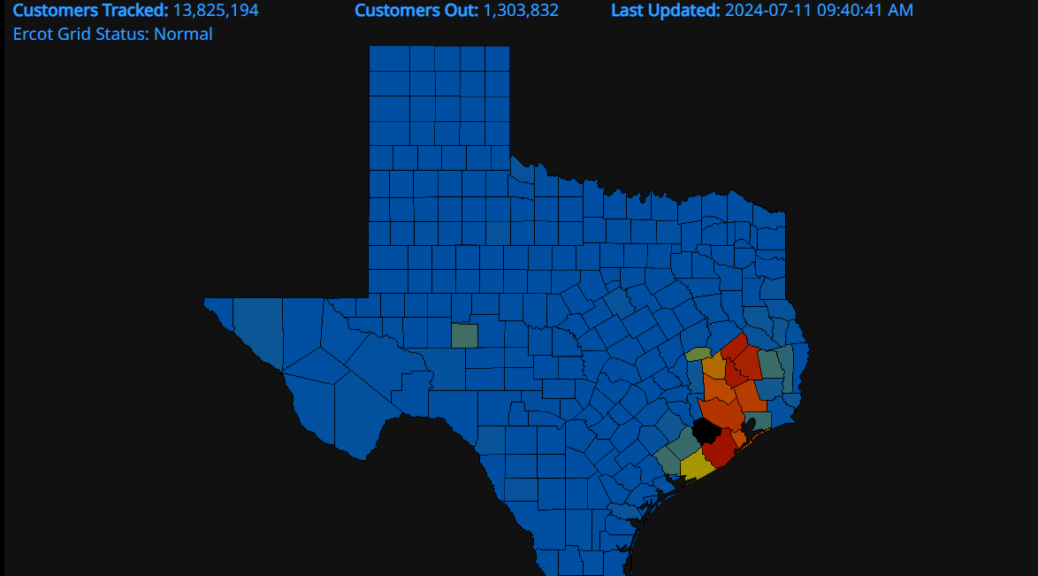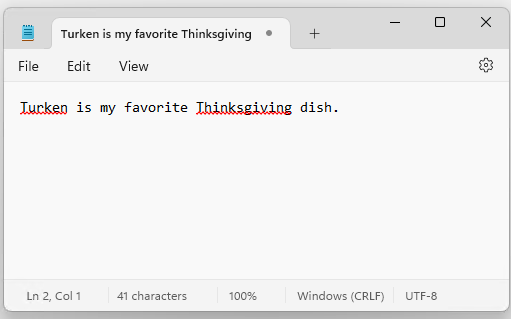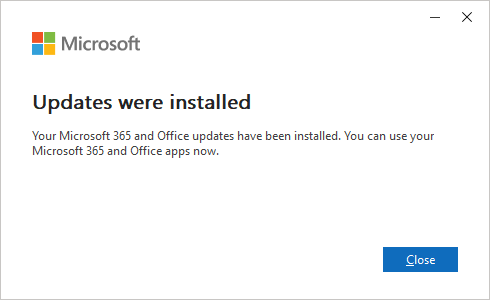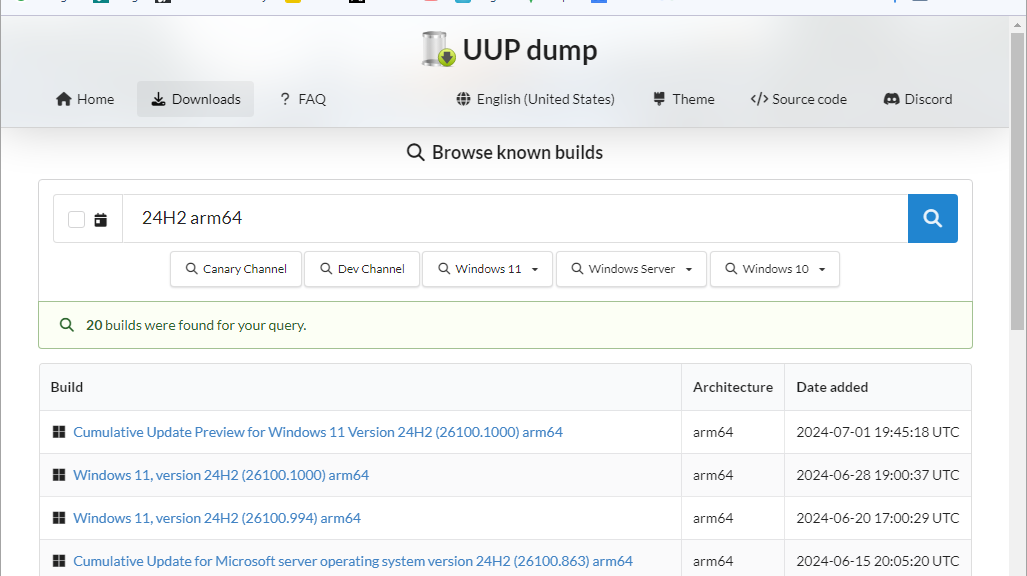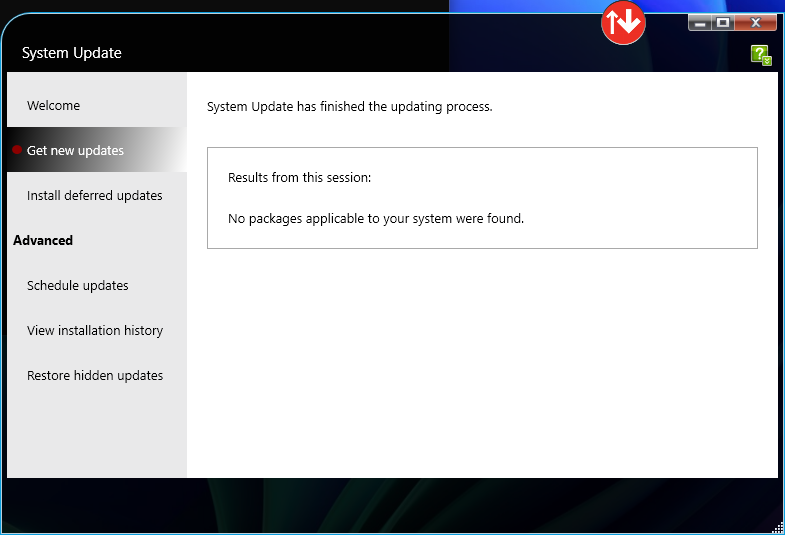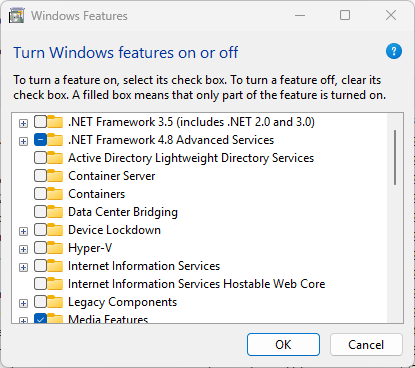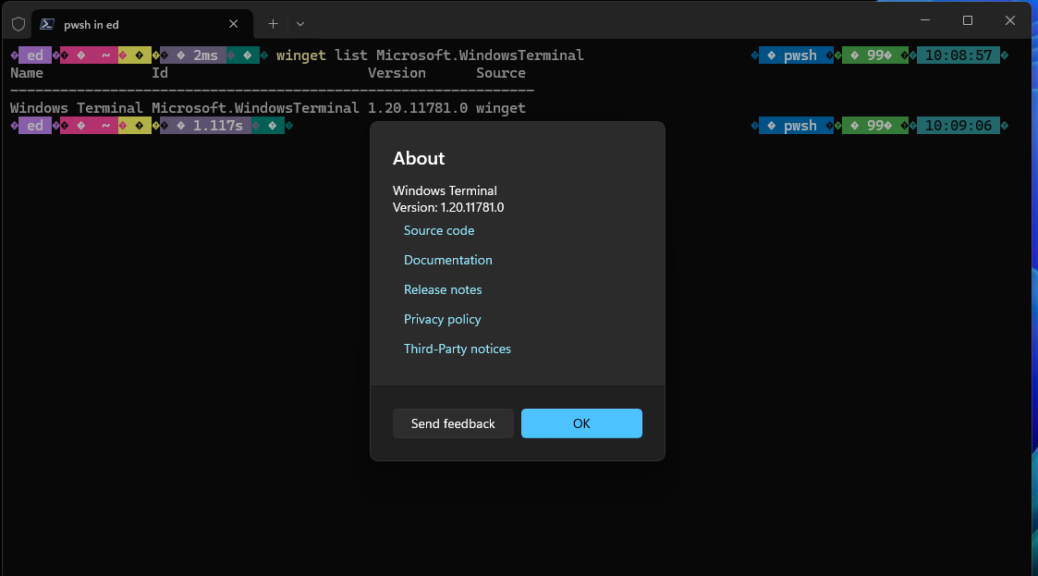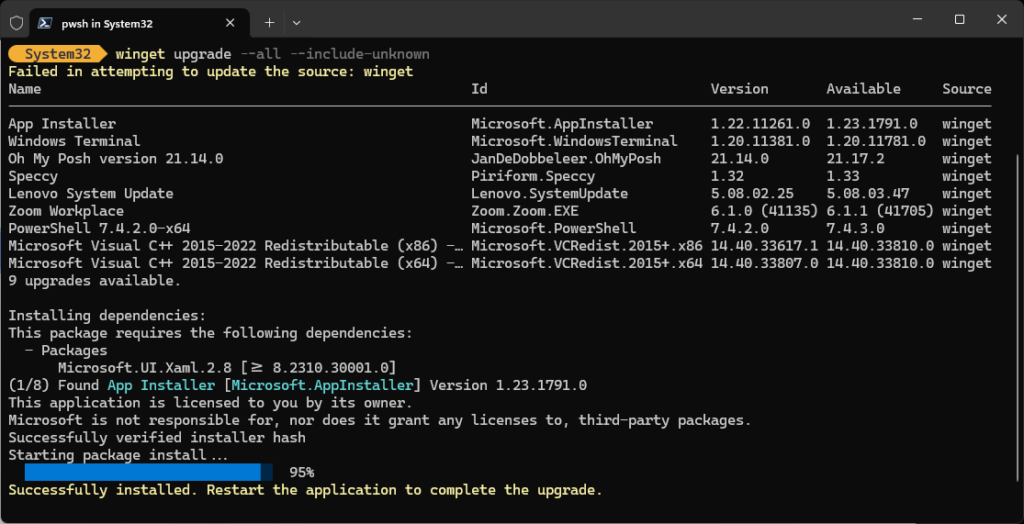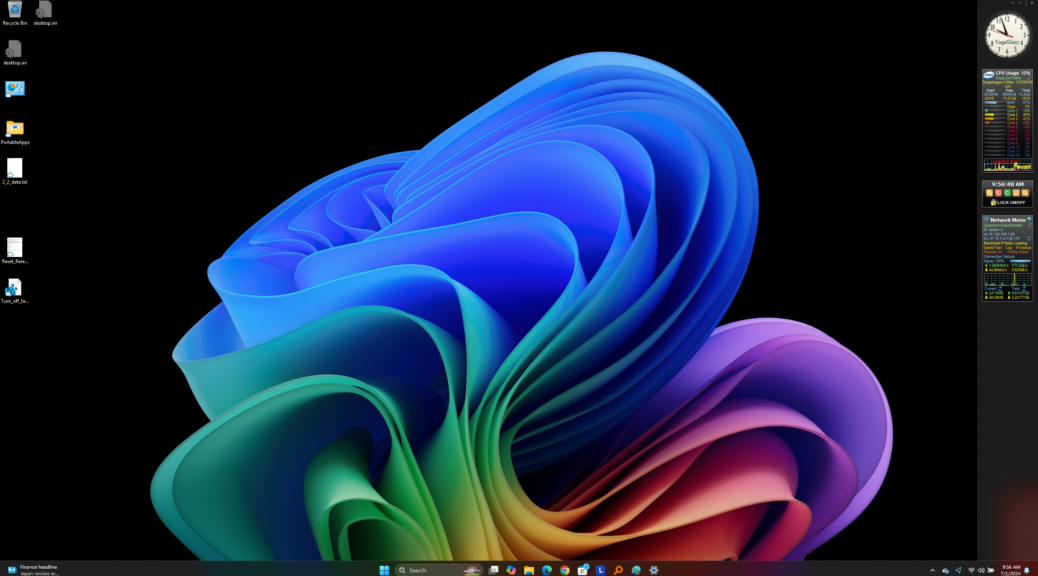I have a kind of love-hate relationship with mice. Because I work on a desktop PC by choice, I’m more or less forced to use a USB-attached pointing device. I’ve switched back and forth between wired and wireless models because their weaknesses sometimes vex me. For the wired meese, the wire tends to snarl up with other cables on my desk. For wireless models, what frosts my jowls is intermittent or imprecise cursor stuttering or movement. I started to experience that on my current mouse this morning: a usually unflappable (and wireless) Microsoft Mobile Mouse 4000. Then I noticed a dimly pulsating red indicator light atop the device. Oho! This intermittent mouse needs new battery to work properly.
Why My Intermittent Mouse Needs New Battery
According this MS Community thread, the light is a battery life or status indicator. When you plug a new battery in, it shows green for 5 seconds, then turns itself off. Ditto when you power the mouse back on. When the battery is starting to fail, it shows red for the same interval upon power-up. And when battery levels are going critical — that is, it’s about to die — the dim red pulsations begin. Good to know!
We shop at Costco, so we always have lots of batteries around. As soon as I swapped out the old AA for a new one, I got the green glow for 5 seconds. Now it’s dark again. And presto! The mouse is no longer stuttering, and it’s tracking exactly where I want it to go. Yay!
The Best Issues Get Quick, Easy Fixes
Working with PCs in Windows-World means there’s always something in need of fixing or figuring out. Once you identify an issue, the troubleshooting process begins. Over my decades working with this stuff, I’ve learned to appreciate problems that are easy to recognize, diagnose and fix. Today’s successful battery swap definitely falls in that category, even if another one bits the dust as a result.

